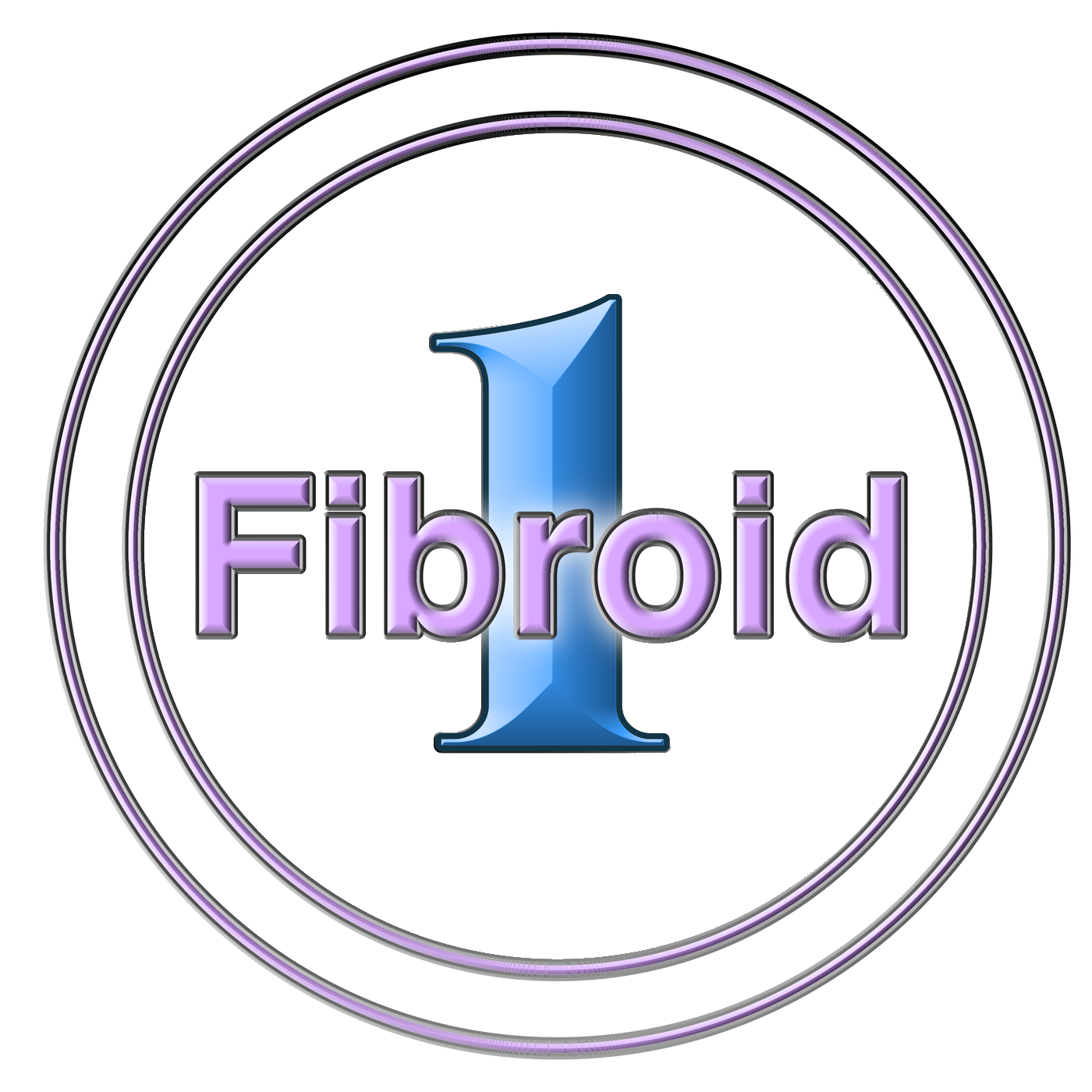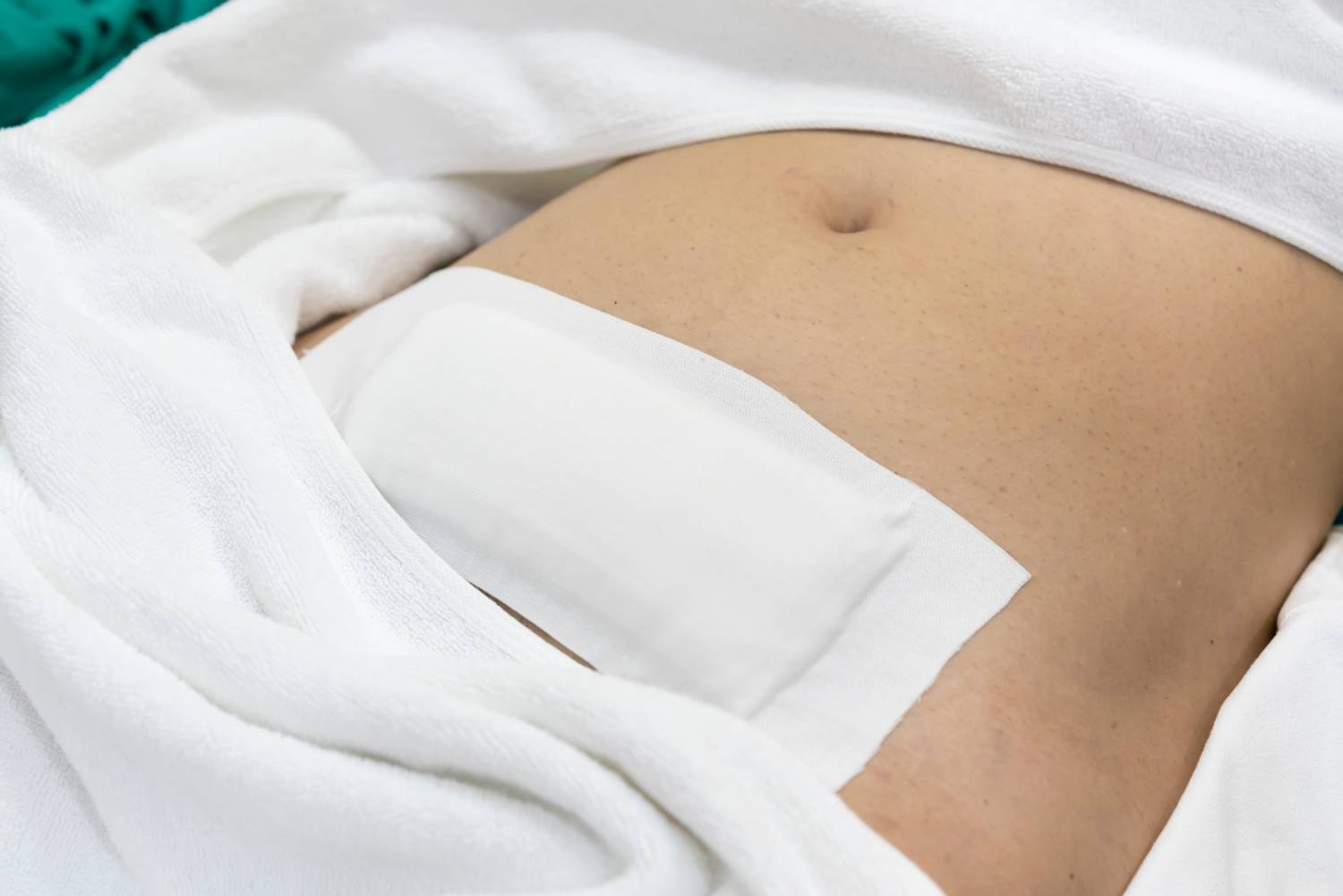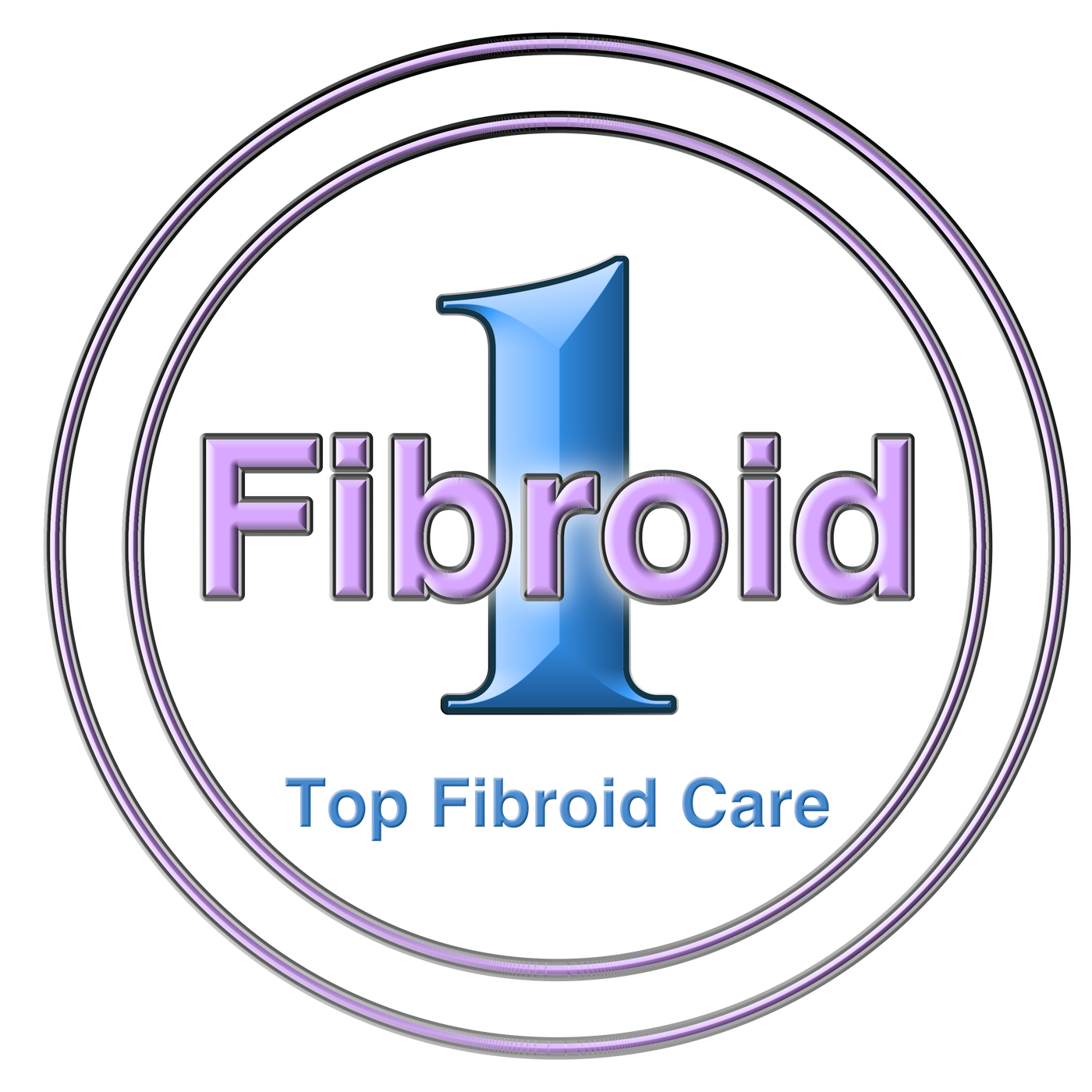Nearly 70% of women will develop uterine fibroids by the time they reach 55. The majority of these cases will occur without the appearance of symptoms. However, those that do present with symptoms can experience a significant impact on their quality of life. Symptoms of uterine fibroids include bloating, cramping, excessive menstrual bleeding, difficulty urinating, back and leg pain, and more. The bleeding caused by uterine fibroids can cause severe to even life-threatening anemia in some cases.
How Myomectomies Are Used To Treat Uterine Fibroids
A myomectomy is a surgical operation capable of preserving the uterus while eliminating the fibroids. This is a good option for those women who need relief from fibroid symptoms but want to be able to have children in the future. While myomectomies are effective at removing fibroids, there is the possibility that they will re-grow.
Age and the number of fibroids present at the time of the myomectomy can both influence the likelihood that regrowth will happen. Younger patients with a large number of fibroids are more likely to experience regrowth than those with fewer fibroids or women near menopause. There are a few different types of myomectomy procedures. Which type is selected will depend on the location, size, and the number of fibroids present.
- Abdominal Myomectomy – This major surgical procedure is also known as an “open” myomectomy. It is performed by making an incision along the upper bikini line to access the uterus. Once the fibroids have been extracted, the uterine muscle is stitched together with multiple layers of stitches. A blood transfusion may become necessary during the procedure due to blood loss. Many doctors will suggest storing the patient’s blood before the procedure to use in the transfusion. Women who receive this procedure and become pregnant are often encouraged to receive a C-section to avoid the uterus rupturing during delivery.
- Laparoscopic Myomectomy – A laparoscopic myomectomy may be possible if the fibroids are small enough and not deeply embedded in the uterus. This occasionally means that it will be necessary to switch to an abdominal myomectomy during a laparoscopic myomectomy. Laparoscopic is less invasive than abdominal myomectomies, using four small incisions to access the uterus.
- Hysteroscopic Myomectomy – This approach can only be performed when submucosal fibroids, those on the interior surface of the uterus, are present. If fibroids are embedded in the uterus wall, this technique is not possible. This procedure can be performed as an outpatient procedure and involves the use of a special tool to remove the fibroids from the uterine wall. A few hours of observation are done following the procedure to ensure everything went smoothly. Following this period, the patient can be released.
Each of these procedures accomplishes the same goal, the removal of fibroids from the uterus. They are each designed to do the least damage necessary and improve the chances that the patient will be able to conceive afterward.
Learn More About Myomectomy From Your Physician
If you’re suffering from symptoms related to fibroids and are hoping for relief, speak to your physician. A fibroid specialist can help you understand the procedure and how it can benefit you.












